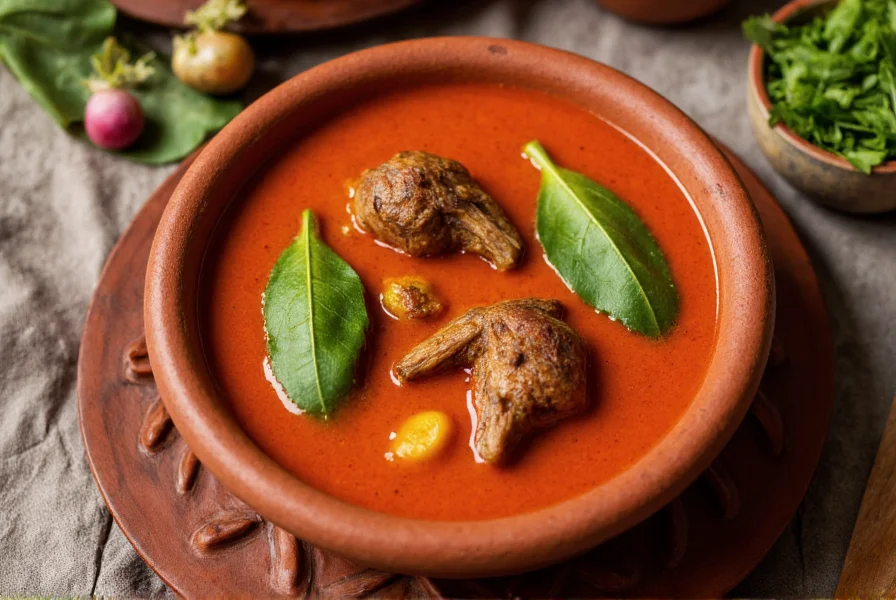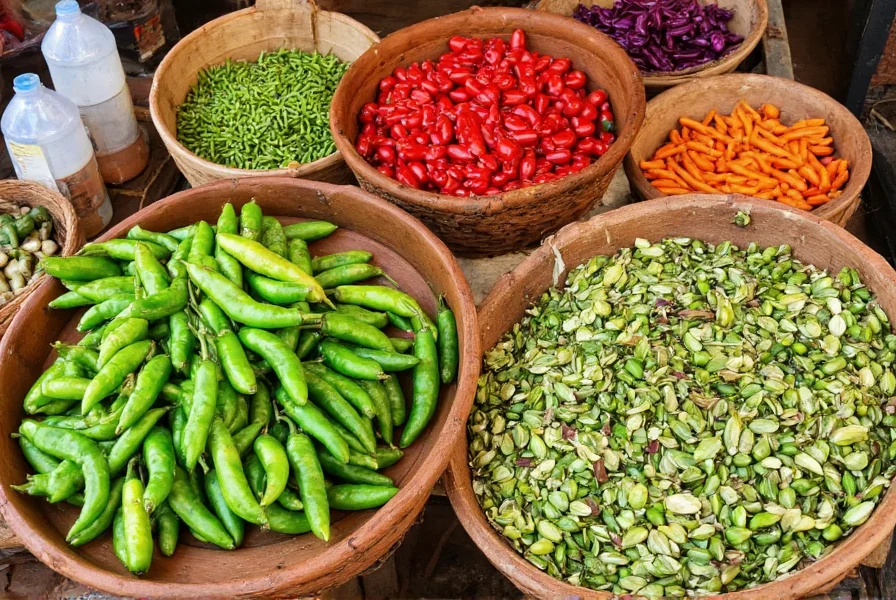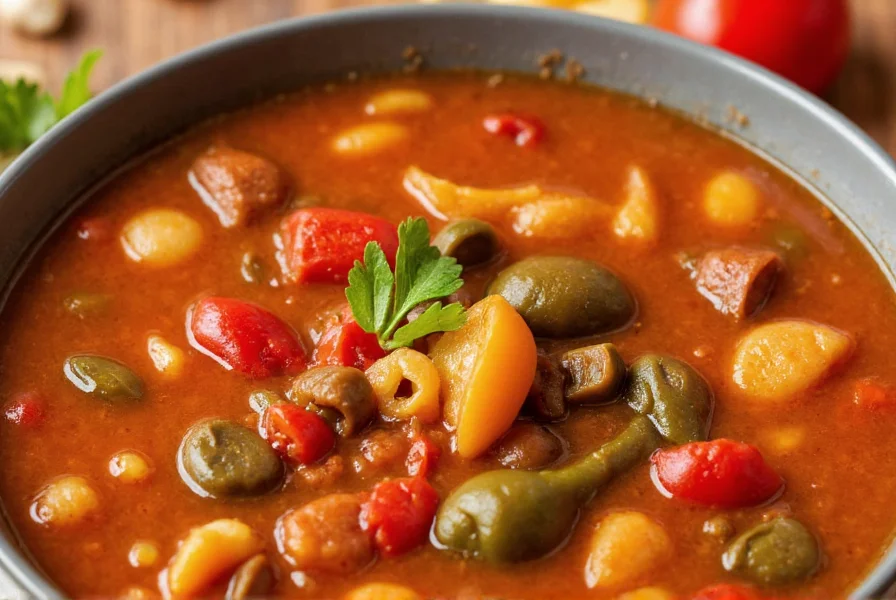Understanding Nigeria's Beloved Pepper Soup Tradition
Nigerian pepper soup represents more than just a culinary delight—it's woven into the fabric of Nigerian social and cultural life. This aromatic, spicy broth has been enjoyed for generations across West Africa, with each ethnic group adding distinctive touches that reflect their regional ingredients and traditions. Unlike Western soups, Nigerian pepper soup delivers an immediate sensory experience with its bold flavors and therapeutic warmth.
Cultural Significance and Historical Roots
Pepper soup holds special significance in Nigerian culture, often served during important gatherings, celebrations, and as a traditional remedy for colds and flu. The Igbo people refer to it as ofe nkwanu, while Yoruba communities call it oshin-oshin. Historically, this soup emerged from Nigeria's tropical climate where spicy ingredients helped preserve food and combat bacteria in pre-refrigeration eras.
In contemporary Nigerian society, pepper soup serves multiple roles:
- Welcoming dish for guests
- Postpartum recovery food for new mothers
- Traditional remedy for respiratory ailments
- Popular street food available at markets and roadside stalls

Essential Ingredients for Authentic Nigerian Pepper Soup
The magic of traditional Nigerian pepper soup lies in its distinctive spice blend. While recipes vary by region and household, these components form the foundation of an authentic preparation:
| Core Ingredient | Traditional Purpose | Substitute Options |
|---|---|---|
| Scotch bonnet peppers | Primary heat source with fruity undertones | Habanero peppers |
| Utazi leaves (Gongronema latifolium) | Bitter medicinal notes and aroma | Bitter leaf or waterleaf |
| Crayfish | Umami depth and traditional flavor enhancer | Dried shrimp powder |
| Prekese (alligator pepper) | Distinctive aromatic spice with medicinal properties | Black pepper (less authentic) |
| Irú (fermented locust beans) | Complex savory flavor base | Maggi cubes (less traditional) |
Regional Variations Across Nigeria
Nigeria's diverse ethnic groups each contribute unique interpretations to pepper soup. Understanding these variations helps appreciate the dish's cultural richness:
Igbo Pepper Soup (Ofe Nkwanu)
The Igbo version typically features goat meat with a pronounced bitter note from generous utazi leaves. It often includes a distinctive blend of prekese, uda (West African black pepper), and ehuru (calabash nutmeg) creating a complex aromatic profile. Many Igbo households add a splash of palm wine for subtle sweetness.
Yoruba Pepper Soup (Oshin-Oshin)
Yoruba preparations frequently use chicken or fish as the primary protein. The spice blend emphasizes ginger and garlic alongside traditional peppers. Yoruba pepper soup often includes scent leaves (efirin) for additional fragrance and may feature a touch of ogbono (wild mango seed) for slight thickening.
Niger Delta Pepper Soup
Coastal communities in the Niger Delta create seafood-focused versions using fresh river fish, crab, or crayfish. These variations incorporate local herbs like waterleaf and feature less intense heat to complement delicate seafood flavors.

Step-by-Step Authentic Nigerian Pepper Soup Recipe
Creating authentic Nigerian pepper soup requires attention to ingredient quality and proper technique. This traditional preparation method yields the characteristic bold flavors and aromatic complexity:
Ingredients for Goat Pepper Soup (Serves 4)
- 500g goat meat (cut into chunks)
- 4-5 scotch bonnet peppers (adjust to taste)
- 1 small onion
- 2 tablespoons ground crayfish
- 1 tablespoon ground prekese (alligator pepper)
- 10 fresh utazi leaves
- 1 teaspoon ground ginger
- 1 teaspoon ground garlic
- 1 teaspoon iru (fermented locust beans)
- Salt to taste
- 2 liters water
Preparation Method
- Clean and parboil the goat meat for 10 minutes, then drain and rinse
- Blend peppers and onions until smooth
- In a large pot, combine meat with 2 liters of fresh water and bring to boil
- Skim off any foam that rises to the surface
- Add blended pepper mixture and all dry spices
- Simmer uncovered for 45-60 minutes until meat is tender
- Add utazi leaves during the last 10 minutes of cooking
- Adjust seasoning and serve immediately while piping hot
Serving Traditions and Cultural Etiquette
Nigerian pepper soup follows specific serving customs that enhance the dining experience. Traditionally served in small bowls or calabash containers, it's enjoyed as a starter before main courses. Many Nigerians believe the soup's therapeutic properties work best when consumed while extremely hot—a practice reflected in the common warning "Oshin-oshin, don't blow!" which translates to "Enjoy the heat, don't cool it down!"
The soup often accompanies fufu, starch, or boiled plantains as part of a complete meal. During social gatherings, it's customary to serve pepper soup to guests as a sign of hospitality and respect.
Health Benefits and Nutritional Profile
Beyond its delightful flavor, Nigerian pepper soup offers several health benefits rooted in traditional medicine. The capsaicin in peppers boosts metabolism and provides anti-inflammatory effects. Utazi leaves contribute antioxidants and support digestive health, while the ginger and garlic combination strengthens the immune system.
Nutritionally, a standard serving (250ml) of meat-based pepper soup typically contains:
- Approximately 150-200 calories
- 15-20g protein
- 5-8g healthy fats
- Essential vitamins from fresh herbs and vegetables
- Natural electrolytes that help with hydration
Common Preparation Mistakes to Avoid
Many home cooks encounter challenges when attempting authentic Nigerian pepper soup. These common pitfalls can compromise flavor and authenticity:
- Overcooking the peppers - Adding pepper blend too early diminishes the fresh, vibrant heat
- Using dried utazi leaves - Fresh utazi provides irreplaceable bitter notes that dried versions lack
- Adding too much water - Authentic pepper soup has a broth-like consistency, not watery
- Skipping traditional spices - Prekese and iru create distinctive flavor layers that substitutes can't replicate
- Covering while cooking - Traditional preparation requires uncovered simmering to concentrate flavors











 浙公网安备
33010002000092号
浙公网安备
33010002000092号 浙B2-20120091-4
浙B2-20120091-4